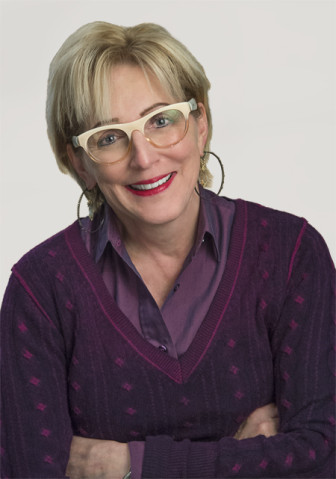 A high school basketball coach came up to me at a workshop and told me about a talented student who received a four-year scholarship to play ball with Bobby Knight at Indiana University. The young man went to the university but left after three years. The high school coach had tears in his eyes and said, “I just don’t understand. How could he leave that opportunity?”
A high school basketball coach came up to me at a workshop and told me about a talented student who received a four-year scholarship to play ball with Bobby Knight at Indiana University. The young man went to the university but left after three years. The high school coach had tears in his eyes and said, “I just don’t understand. How could he leave that opportunity?”
I said, “Being at the university, even though it was only two hours away from home, was a whole world away for him. It was a foreign culture. And his friends and parents were calling him daily, telling him how much they missed him and asking him to come home. If the university wanted to keep him, they needed to assign him a ‘buddy’ — someone he met with every day. This relationship would have answered questions, provided guidance and would have helped him negotiate the environment of the university.”
I have helped many young people with financial support for college, both personally and through my company. This year I am funding a young man we’ll call John. John comes from a very rural area of the United States and from extreme financial instability. While both of his parents work and make good money, family drug addictions eliminate any available cash and the family’s stability. Because John’s parents make a living wage, he does not qualify for any financial aid. John started working part-time jobs at age 14, but he has given most of the money he’s earned to help his family, particularly his mother, and he doesn’t have savings to pay for college.
Beyond financial support, John and other first-generation college students coming from instability need relationships with people who can lead them through the process of college enrollment and encourage them to stay until they graduate. For John, my husband and I are the relationship that will help him negotiate those processes. We will help him establish new relationships and connect with the campus community. We know that when students go through classes in a cohort, more students tend to finish, so relationships are key stabilizers.
Even with a supportive relationship with people who understand college, first-generation students from unstable environments face some hurdles and barriers.
The course catalog/student handbook has tons of information — but few logistics:
For example, you pay at the bursar’s office, but the book doesn’t tell you that there is no one in the bursar’s office during registration. The bursar’s office staff are spread out in different locations on two campuses.
The handbook says the professor will use Canvas (or Blackboard or Google Classroom) to post your grades. It doesn’t tell you what to do when you have a professor who doesn’t like the online system and won’t use it.
[Related: Federal Apprenticeship Grants Include Youth-Focused Programs]
The handbook tells you to buy your books at the bookstore, but it doesn’t tell you what to do when the professor requires a book the bookstore doesn’t have. And it doesn’t tell you what to do when the professor tells you to “get a tutor” because she is not available to help — even though she is required to have office hours.
Course selection is a confusing maze:
There are lists of the courses required for a degree but no examples of what it might look like for the first year, the second year, the third year, etc. If you are cooking something for the first time, you want one recipe to study as a place to start. Student orientation materials should include flow charts and sample degree paths so students new to the process have models to follow.
New students have no idea what constitutes “normal” or “acceptable” in college:
For example, one of John’s professors gave no syllabus or grades at all for the first two months of class. John currently has a professor who spends part of his class bragging about himself. One of the books he was required to buy for a class had multiple errors in it — typos, etc. How do you define what is acceptable and what is not? I told John his professors’ behavior was unacceptable and that there were people on campus who could help him.
Those campus supports bring me to the final hurdle for first-generation college students that I’ll discuss. It’s often the biggest barrier to keeping students enrolled until graduation.
New students do not know who to go to for help or if the help is accurate:
It’s almost always unclear which office handles your problem or who in the department outranks whom when it’s time to get something signed or settle a dispute. “Investigations into Economic Class in America” by Philip DeVol and Karla Krodel (2010) teaches beginning college students the hidden rules of college through the lens of economic class. It guides new students in investigating the campus, sorting their options, stabilizing their environment, relating to professors and finding support on campus.
Only 11 percent of students from the poorest 20 percent of households in the United States finish college with a bachelor’s degree. My husband and I are happy to help John and others like him, but we know that collectively we can change those numbers by more than one student at a time. It will require a more supportive approach to make this happen, and right now the necessary supports are rarely available.
As retention and graduation rates fail to keep pace with increasing college enrollment, the need for solutions becomes clearer. Colleges and universities will be wise to focus on retaining and graduating their first-generation students and those from daily instability.
Ruby K. Payne, Ph.D., is the founder of aha! Process and an author, speaker, publisher and career educator. She is recognized internationally for “A Framework for Understanding Poverty,” her foundational book and workshop.
More related articles:
Study: OST Digital Technology Program has Impact on High Schoolers’ Grades
Why Numbers can’t Tell the Whole Story

























